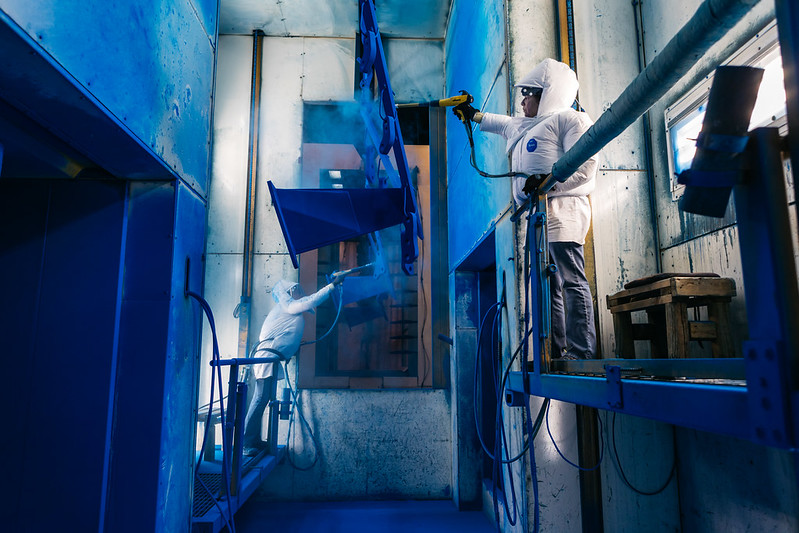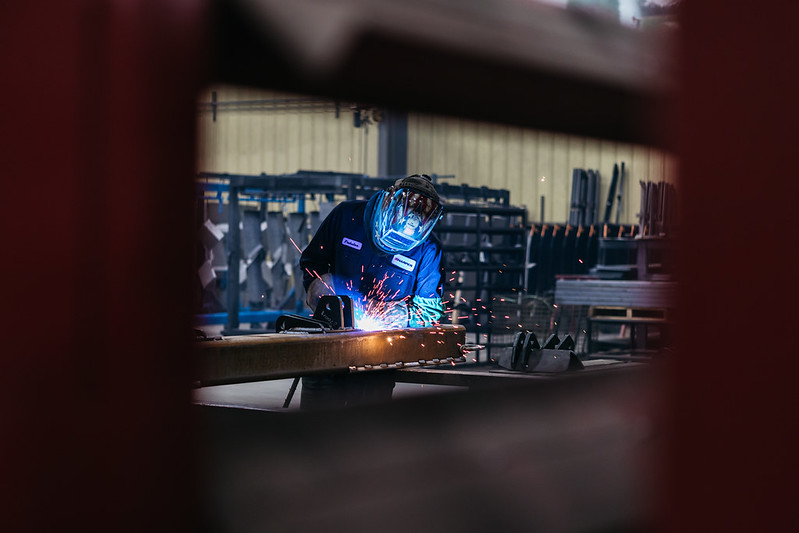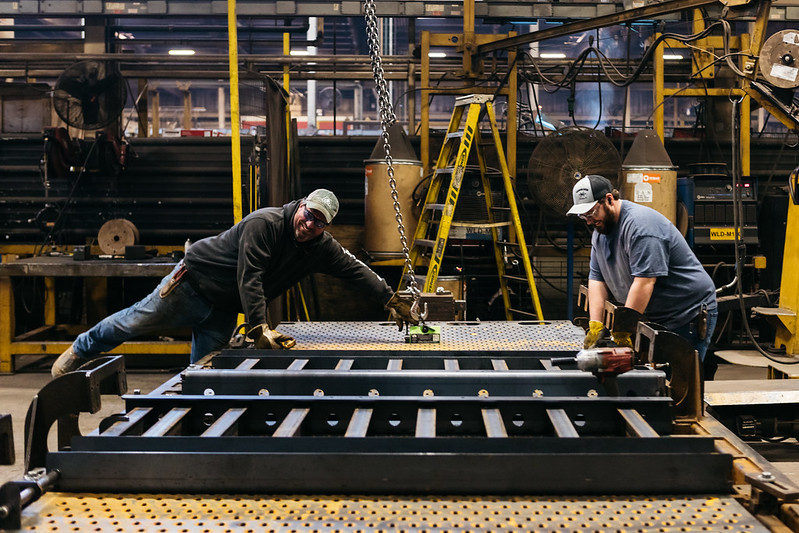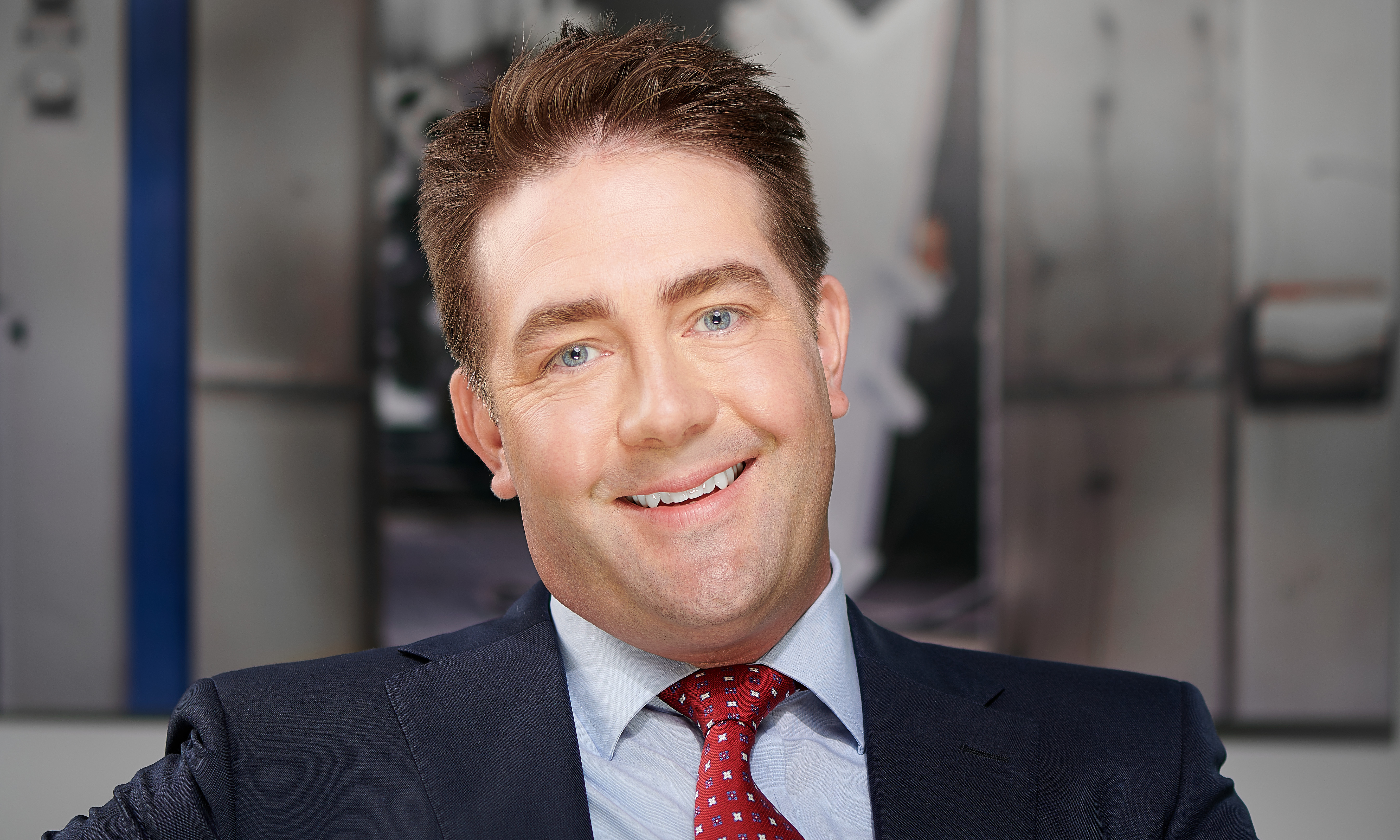Industry standards are everywhere, yet it can be easy to forget about the purpose they serve or just how much of an impact they make on the people, places, and things around us.
In the off-road equipment industry, all employees must make a conscious effort to understand and comply with existing standards, as well as support the creation of new ones – an especially daunting task for newer product safety professionals. To aid in the understanding of standards, AEM member company leaders Travis Tsunemori of Kubota North America and Tom Hoffman of Kuhn North America, presented on the topic at AEM’s Product Safety & Stewardship Conference in April of this year, elaborating on what standards are, why they’re necessary, and how new ones are created for the betterment of the entire industry.
“Standards play a significant role in our lives, and they should play a significant role in our products as well. We want to make sure our customer is protected, and that our company is protected, and that is our goal with the process of developing standards,” said Hoffman.
What are Standards?
Standards look to provide guidance and establish safety and performance requirements, and there are many reasons why society needs them. They protect people, our communities, and the environment – and in the product safety field, employees live and breathe standards. However, it’s easy to confuse industry standards with industry regulations, and for good reason.
- Standards are technical documents and are consensus driven but they are not unanimous. They are created by experts in their fields. And in the United States, compliance with standards is voluntary.
- Regulations have specific requirements that companies must follow, and they may also reference standards. They are required by law, and they are overseen by federal, state, and/or municipal authorities
“Standards can be pretty dry, but without terms that define minute details, they can get very confusing very quickly,” said Tsunemori.
Developing New Standards
When searching for information, employees may find they need to develop a new standard or add on to an existing standard. To address this, several steps can be taken:
- Figure out who will develop the standard. There are several organizations that an individual may go through, depending on if the standard is international or regional.
- Consult other experts. Consider who is qualified in the subject area that the standard is addressing, and who will be invested in getting involved.
- Get started. Present the need, a scope for the project, and find the right people to get involved.
- Identify a project lead who will develop a first draft. This first draft is like setting a timer, if the committee doesn’t get their materials in, reach their milestones, and get to the publish date within a certain amount of time an organization will likely cancel the project, and the process will begin anew.
- Go through comments after the document is circulated and make edits. There will have to be a few rounds of editing, to ensure all parties’ comments are addressed.
- Head to oversight groups or committees. These bodies will decide if the process was followed correctly, address comments, and determine if consensus was reached.
The Impact of Standards
Well-conceived standards, applicable and used by industry, minimize the need for, and risk of, regulations being developed. In addition, when it’s deemed necessary to draft regulations, good standards make for an excellent basis for the regulations and, in some cases, voluntary consensus standards are directly referenced in a particular regulation.
That’s why AEM and its member company representatives like Tsunemori and Hoffman participate in the efforts of standards development organizations (SDOs) in the United States and internationally.
While AEM is not an SDO, it works closely with the American Society of Agricultural and Biological Engineers (ASABE), SAE International (SAE), the International Organization for Standardization (ISO), and other SDOs to make sure its members, and the equipment manufacturing industry overall, have their voice heard in the process.
Standard creation provides a wealth of information for all companies who manufacture similar products. And in the future, it will save professionals in the field a lot of time and trouble.
“We are trying to make the industry as a whole safer – we want everyone to be compliant to make the whole industry look good. And, if you need help, your peers will be happy to help you to achieve that for everyone’s benefit,” said Tsunemori.
They are critical for a lot of things that all companies do – and equipment manufacturers especially want consumers to be safe and ensure that their products are safe. All companies should keep a close eye on standards, to keep the equipment manufacturing industry’s reputation positive, and to keep consumers safe throughout the product lifecycle.
Save the Date
The 2025 AEM’s Product Safety & Stewardship Conference and Liability Seminar will take place from April 28 – May 1 in Nashville Tennessee. This event is the industry’s only annual conference dedicated to advancing heavy equipment manufacturing programs with custom-crafted education tracks, innovative approaches to product stewardship, and networking.
For more information, visit the event’s official website.
For more perspectives from AEM members, subscribe to the AEM Industry Advisor.





